HDPE Recycling: Unraveling the Boons for a Sustainable Future

High-density polyethylene (HDPE), a thermoplastic polymer derived from petroleum, plays an indispensable role in our daily lives, boasting a multitude of uses across various sectors such as packaging, construction, automotive, and more. Yet, the question arises – what happens to all the HDPE waste that our society generates? How should we deal with it to […]
Deciphering the Future of HDPE Recycling

The dynamic field of HDPE recycling serves as a key component in the global challenge to effectively manage our escalating plastic waste crisis. Current practices incorporate diverse stages of sorting, cleaning, and reprocessing, riddled with multiple efficiencies and hurdles. These have huge implications for the environment, influenced not just by the actual recycling operations, but […]
Impact of HDPE Recycling On Our Environment
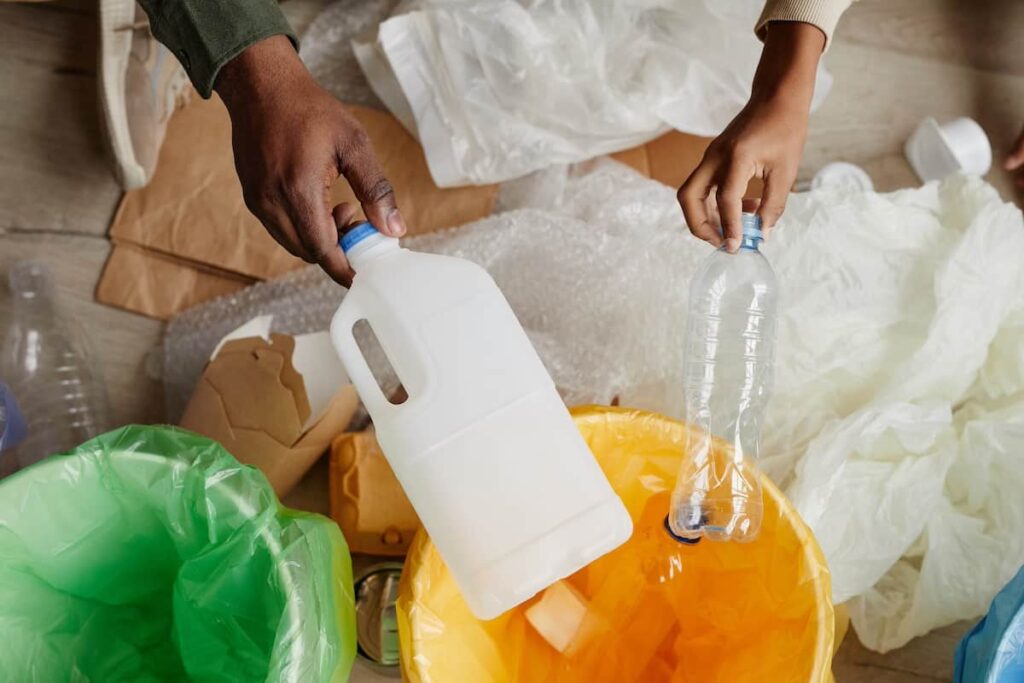
Often hiding in plain sight within everyday objects, High-Density Polyethylene (HDPE) is a type of plastic notable for its strength, durability, and versatility. From food storage containers to laundry detergent bottles, HDPE Recycling plays a significant role in our daily lives. However, alongside its ubiquity comes the challenge of managing HDPE waste, a topic warranting […]
Palletized Plastic Recycling Essentials

As the world grapples with the burgeoning issue of plastic waste, the realm of palletized plastic recycling emerges as a beacon of innovation and environmental stewardship. This essay delves into the scientific intricacies, environmental ramifications, and technological advancements that are shaping the future of plastic recycling. It navigates through the regulatory landscapes that influence sustainable […]
How To Become a More Sustainable and Eco Friendly Company?

How Your Company Can Become More Sustainable In today’s world, where environmental concerns are at the forefront, it is crucial for businesses to embrace sustainability and eco-friendliness. Not only does it contribute to a healthier planet, but it also helps companies build a positive brand image, attract eco-conscious customers, and even save costs in the […]
St. Louis High Density Polyethylene Recycling
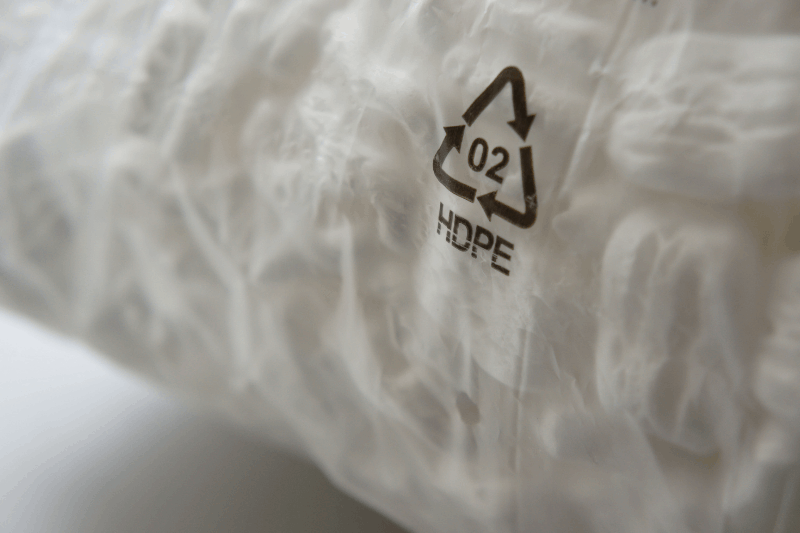
Best High Density Polyethylene Recycling in St. Louis One of the most valuable resources to recycle is High Density Polyethylene or HDPE. As one of the most commonly used materials in manufacturing, recycled high density polyethylene can be used in a wide variety of ways. Recycling HDPE waste can be highly beneficial to companies of […]
What Can High Density Polyethylene Be Recycled Into?
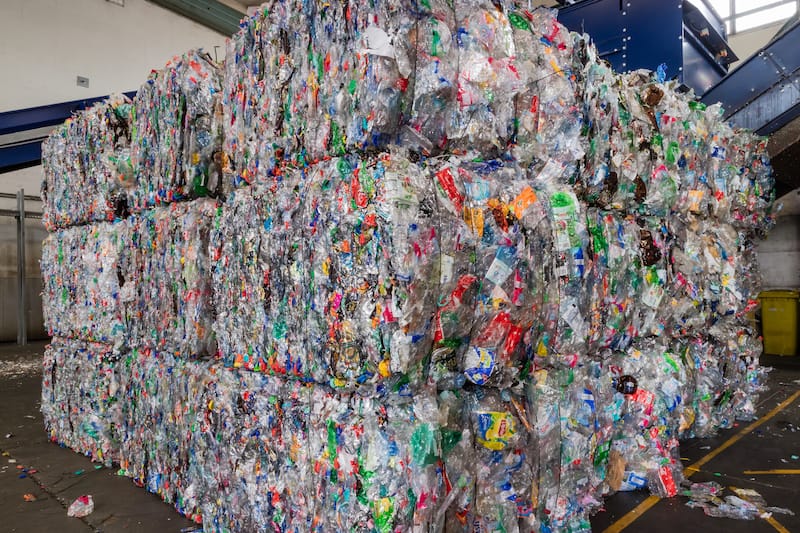
Various Ways to Recycle High Density Polyethylene We have all heard of the many benefits of recycling. One material that is particularly advantageous to recycle is high density polyethylene. High density polyethylene, known as HDPE for short, is one of the most commonly used materials in manufacturing today. Recycled HDPE is just as useful as […]
St. Louis Plastic Scrap Recycling
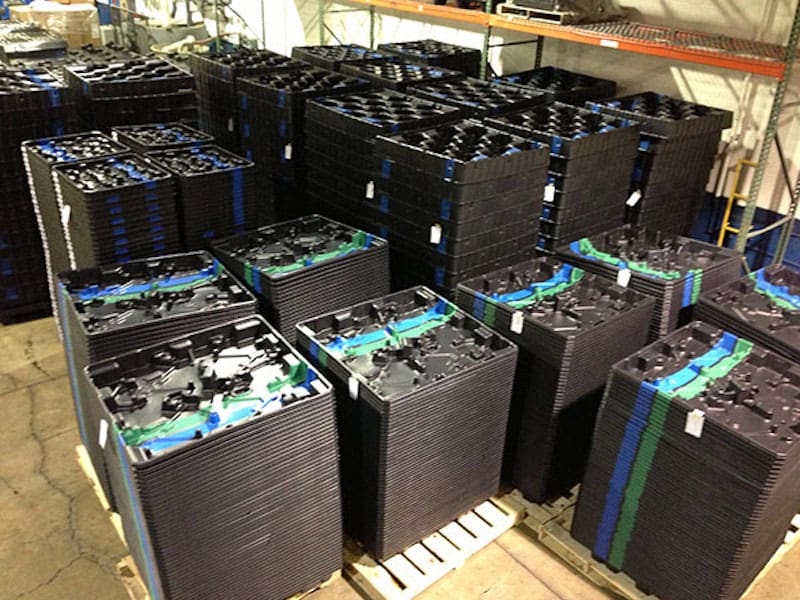
Best Plastic Scrap Recycling Company in St. Louis As a plastics manufacturer or industry leader, you understand the need for an effective, economical recycling solution. With such a large quantity of plastic scrap, it is important to dispose of it in a way that reduces your carbon footprint while benefiting your bottom line. The best […]
St. Louis PTFE Scrap Recycling
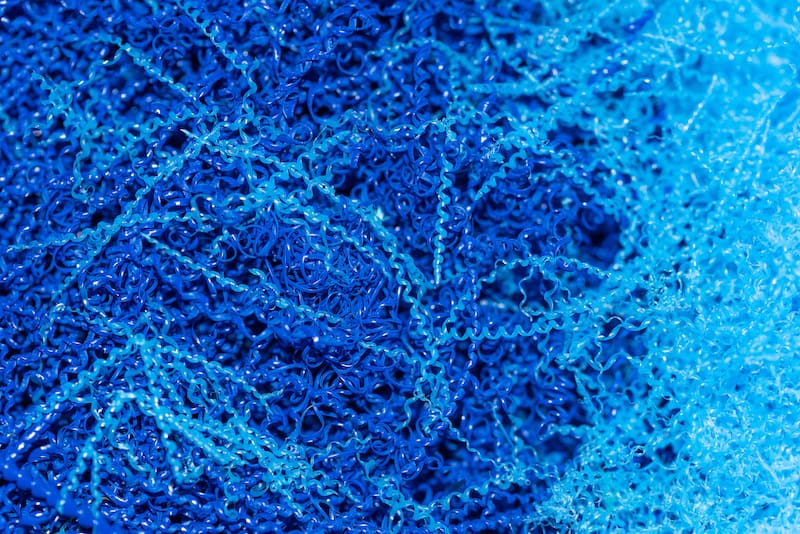
Best PTFE Scrap Recycling in St. Louis As a business owner or industry leader, you are always looking for ways to minimize your carbon footprint while maximizing your profit. PTFE scrap recycling is one of the most effective ways to accomplish this task! When you are introducing a new process to your company, you must […]
Who Is St. Louis’ Best HIPS Plastic Recycling Company?

The Best HIPS Plastic Recycling Company in St. Louis As a business owner or manufacturer, it is your responsibility to ensure that your company is doing everything it can to benefit the environment. However, while doing so, it is important to make decisions that benefit your bottom line. HIPS recycling accomplishes both these tasks while […]
